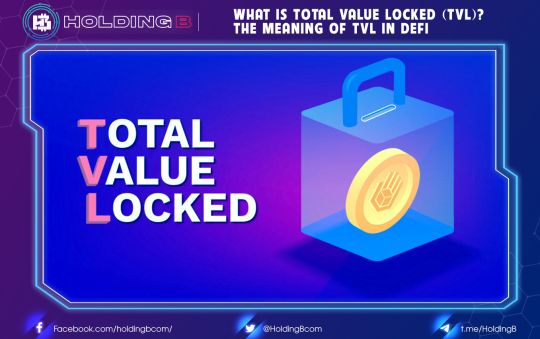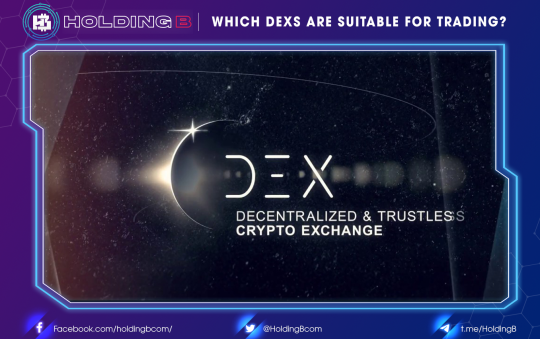
What is a CURVE?
A Curve is a decentralized exchange optimized for low slippage and low swap fees between assets pegged at the same value. Stablecoin Curve creates an Automated Marketplace (AMM) similar to a balancer, based on pools of liquidity and rewards those who fund pools and only trade with stablecoins.
Stablecoins
Stablecoins play an important role in decentralized finance (DeFi) these days, especially with the advent of yield farming. Currently, the need to trade between stablecoin pairs is greater, and that is where Curve comes into play.
Sure, you can still trade stablecoins on a popular centralized exchange (CEX) or DEX, but you’ll have to pay higher fees and slippage. Stablecoin Curve has the advantage over these in that you can trade between stablecoin pairs quickly and with less money.
How LPs make money
A liquidity pool is a pool of tokens located in smart contracts. They are created by LPs who provide tokens. Curve incentivizes these vendors by rewarding them in different ways:
- Transaction Fees: Every time a user exchanges stablecoins on their platform, LPs earn fees. All curve pools earn interest from transaction fees.
- Interest: Some lending pools offer interest on loans.
- Incentives: Some pools provide incentives as well.
- Bonus: You can earn a deposit bonus by submitting a specific token to a low-weight liquidity pool. This works the same way when you withdraw. You can earn a bonus if you withdraw a specific stablecoin that is already overpopulated in the pool.
This is a simple example of how a liquidity pool works.
Let’s say the pool starts with an equal number of stablecoins: 1,000 USD coins (USDC) and 1,000 Tether (USDT).
A trader comes and exchanges 100 USDT for 100 USDC. Now the pool has 1,100 USDT and 900 USDC. Then another trader came and exchanged 300 USDT for 300 USDC. Now the pool is getting arbitrage with 1,400 USDT and only 600 USDC. If the goal of the LP is to maintain equilibrium, an incentive will be introduced into the smart contract to make traders offer more USDC and buy more USDT to restore balance.
Curve’s Liquidity Pools
Currently, Curve has seven liquidity pools. The first 4 tokens (compound, PAX, Y, and BUSD) are lending protocols. That means if you join, you can make money not only from transaction fees but also from lending. These four pools perform better when lending rates are high, but they come with more layers of risk.
Two of the pools (sUSD and sBTC) offer incentives (Synthetix and Ren). They are not lending pools. There are also two encrypted Bitcoin pools (Ren and sBTC).
No matter which pool you choose, you will always earn interest on trading fees. Take a closer look at each pool and the stablecoins they offer.
Choose the right Liquidity Pool
Providing liquidity is not without risk. If you decide to become an LP on Curve, you will want to match your risk tolerance with the pool you choose. The percentage of tokens in that pool will determine how your deposit will be split.
Let’s say you choose a pool that has the following stablecoin percentage breakdown: USDT 20%, USDC 20%, DAI 50%, and TUSD 10%. If you deposit 1000 stablecoins, your funds will be split accordingly:
200 USDT, 200 USDC, 500 DAI, and 10 TUSD.
Again, it’s important to choose a pool full of tokens that you feel comfortable with. This is because you will potentially be exposed to every token in the pool regardless of which token you deposit.
Curve Pool Risks and Rewards
Rewards come from trading fees, interest, incentives, and bonuses. Every time a transaction occurs on Curve, the LPs will split a small fee. The transaction fee depends on volume. As a result, if you are an LP, you may see a high Annual Percentage Yield (APY) on days of high volume and volatility.Likewise, because yields fluctuate on the curve, the daily APY can be quite low.
Since you will be taking on any risk associated with the tokens inside the pool, you can mitigate some of the risk by spreading it around. In other words, you can provide liquidity to all pools instead of just one. Just know that such a strategy will lead to increased gas fees and slippage, not to mention more smart contract risks as their number will increase.
See ya in the next article !
Don’t forget to follow useful articles about Crypto Market from team Holding B !!!
- Telegram Channel: https://t.me/HoldingBcom
- Telegram Group: https://t.me/HoldingB
- Website: https://holdingb.com/
- Twitter: https://twitter.com/HoldingBcom
- Facebook: https://www.facebook.com/holdingbcom





